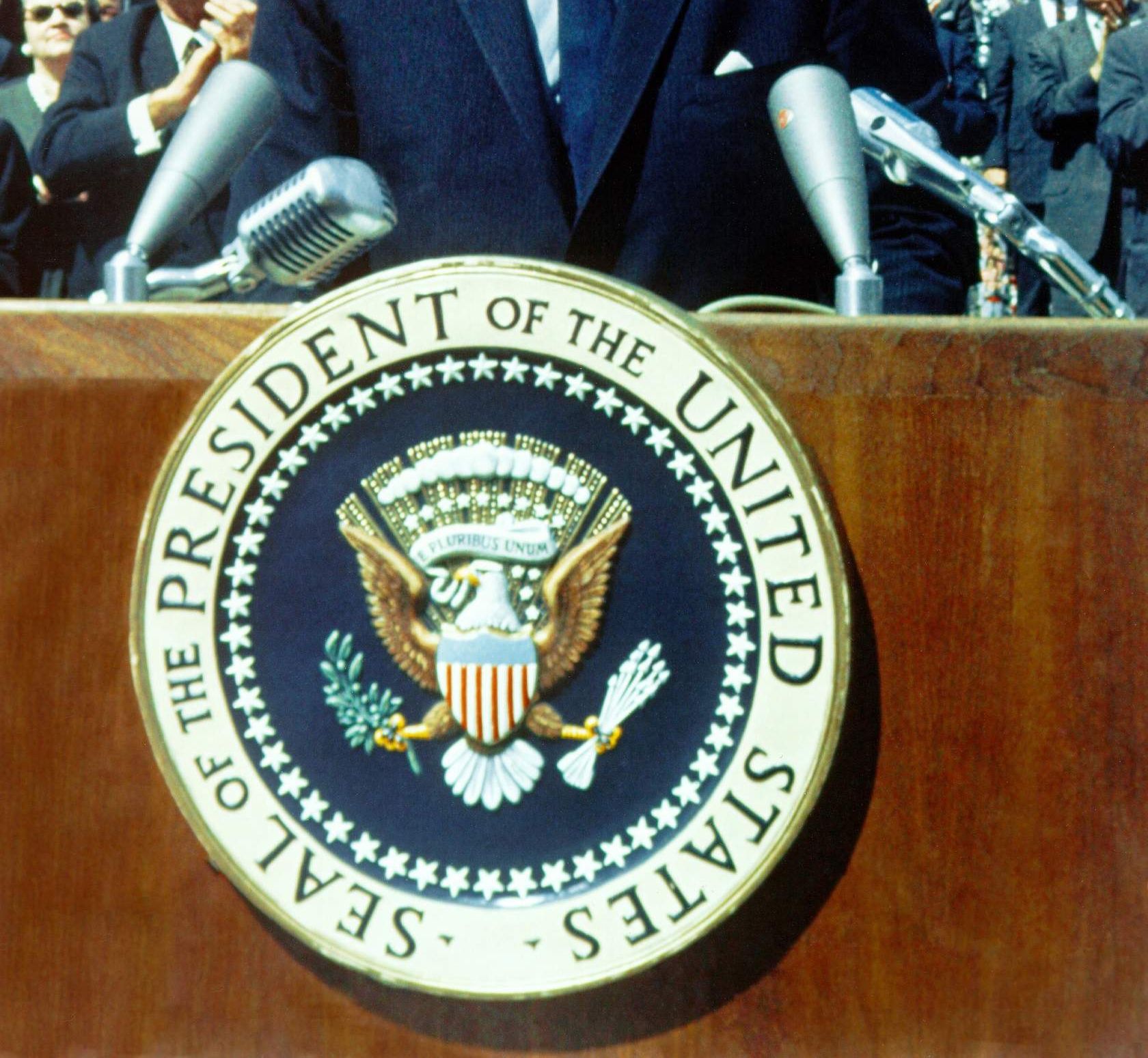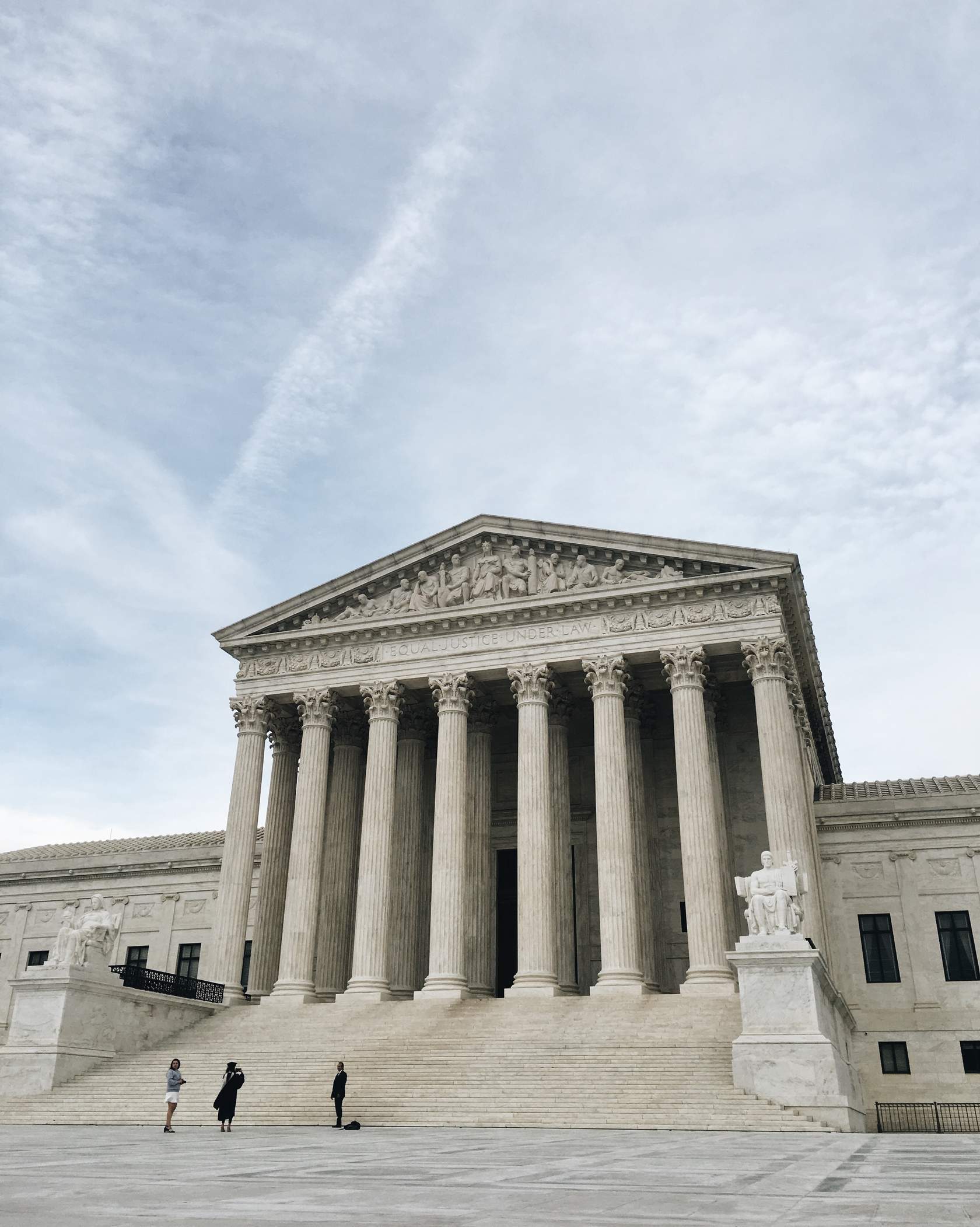Legislative Branch
Executive Branch

The “Executive Power” of the United States government is vested in the President.
- The Office of the President and Vice President are the only Executive Branch offices that are required by the Constitution. All other offices and departments are created by Congress, and the Senate must confirm other officers of The United States.
- Congress controls who is in the Executive, but the Executive does not control who is in Congress.
President has four main duties:
- “Take care that the laws be faithfully executed.” – i.e. enforce the laws as written by Congress.
- Act as Commander-in-Chief of the armed forces.
- Set American foreign policy via his authority to “receive Ambassadors and other public Ministers.”
- Issues pardons “for offenses against The United States.”
Judiciary Branch

Constitution requires the Supreme Court with a Chief Justice.
- The number of justices on the Supreme Court, as well as all other Federal courts, are set by Congress, and Congress confirms all federal judges.
- Congress controls who is in the Judiciary, but the Judiciary does not control who is in Congress.
- Congress also determines things like the rules of evidence and rules of procedure.
The federal judiciary decides “all cases and controversies” under federal law.
- This includes determining the meaning of ambiguous words and phrases, and whether statutory language applies to any given situation.